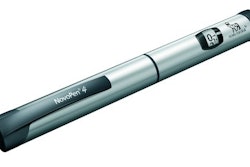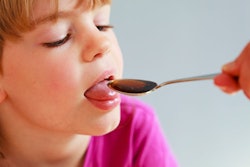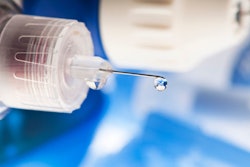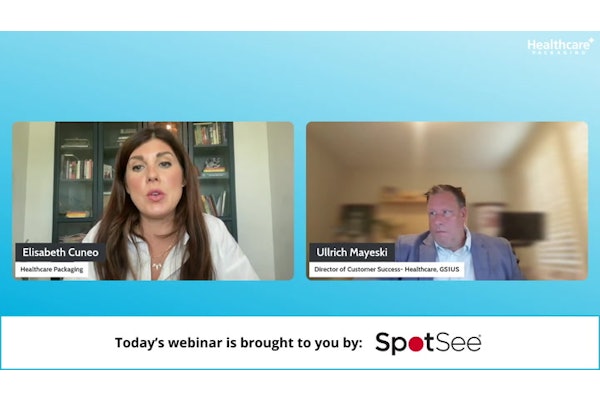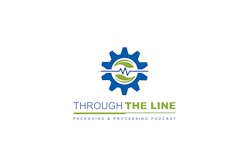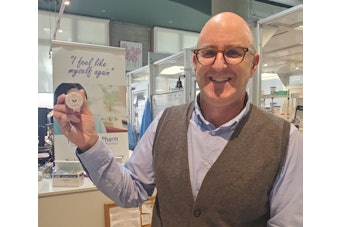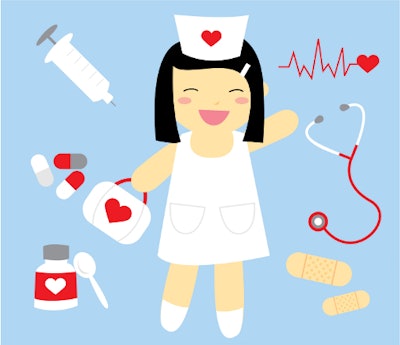
Aiache presented an “ethnographic” look at how children live, store, and take medicine, and how they can be involved in their own compliance. His remarks came during day two at Pharmapack 2010 in Paris, February 1-2.
When you look at a home with children, you discover medicine is stored in a variety of ways and places—in the kitchen, bathroom, bedroom, in office desks or shelves—even the laundry room! Think about children of divorce, their meds are often stored in a gym bag or backpack and transported from Mom's house to Dad's house and back.
Medicines can be mixed up with others from that patient, or other people in the family, or confused with candy or gum (recent gum offerings in blisters send the wrong message to kids)!
Research found that measured dosage spoons often get misplaced and are replaced with a spoon from the kitchen, not delivering the proper dose. Some children ended up drinking right from the neck of the bottle, leaving a crusty deposit around the neck, hindering proper closure.
So how to get the child involved? Aiache showed several clever examples, although it was not clear if these were proposed, or in use.
One involved a series of magnets included with the medication. Each magnet was a frame of a comic. The first frame showed the evil “bacteria” character beating up on a weak, sick child. With each progressive day of medication, the magnet comic unfolded to reveal the child growing stronger and stronger, finally vanquishing the villain. Engaging and fun!
Children love stories, and they love to be the hero of their own tale, said Aiache.
Another example he noted involved stickers that fit into boxes printed on the side of the medication carton—kind of like the old S & H Green stamps. Kids could pick a sticker from a variety of facial expressions that most resembles how they feel and place one sticker in the “Before” I took my medication box and one in the “After” I took my medication box.
If a sticker is missing, parents are reminded that their child has missed a dose. As medication progresses, more happy stickers with smiles show up and sad face stickers disappear.
There is a fine line, however, between engaging a child in her own compliance and going too far, warned Aiache. One suggested idea was a necklace for girls, where each pearl on the necklace could be opened to reveal medication. No good, said Aiache. Too much like candy, and a necklace would encourage the child to take medication too often or too soon.
As we have discussed previously in Healthcare Packaging, ethnographic research that follows a package through real life examples can be very revealing for designers.
-Jim Chrzan, Publisher
When you look at a home with children, you discover medicine is stored in a variety of ways and places—in the kitchen, bathroom, bedroom, in office desks or shelves—even the laundry room! Think about children of divorce, their meds are often stored in a gym bag or backpack and transported from Mom's house to Dad's house and back.
Medicines can be mixed up with others from that patient, or other people in the family, or confused with candy or gum (recent gum offerings in blisters send the wrong message to kids)!
Research found that measured dosage spoons often get misplaced and are replaced with a spoon from the kitchen, not delivering the proper dose. Some children ended up drinking right from the neck of the bottle, leaving a crusty deposit around the neck, hindering proper closure.
So how to get the child involved? Aiache showed several clever examples, although it was not clear if these were proposed, or in use.
One involved a series of magnets included with the medication. Each magnet was a frame of a comic. The first frame showed the evil “bacteria” character beating up on a weak, sick child. With each progressive day of medication, the magnet comic unfolded to reveal the child growing stronger and stronger, finally vanquishing the villain. Engaging and fun!
Children love stories, and they love to be the hero of their own tale, said Aiache.
Another example he noted involved stickers that fit into boxes printed on the side of the medication carton—kind of like the old S & H Green stamps. Kids could pick a sticker from a variety of facial expressions that most resembles how they feel and place one sticker in the “Before” I took my medication box and one in the “After” I took my medication box.
If a sticker is missing, parents are reminded that their child has missed a dose. As medication progresses, more happy stickers with smiles show up and sad face stickers disappear.
There is a fine line, however, between engaging a child in her own compliance and going too far, warned Aiache. One suggested idea was a necklace for girls, where each pearl on the necklace could be opened to reveal medication. No good, said Aiache. Too much like candy, and a necklace would encourage the child to take medication too often or too soon.
As we have discussed previously in Healthcare Packaging, ethnographic research that follows a package through real life examples can be very revealing for designers.
-Jim Chrzan, Publisher



